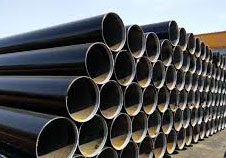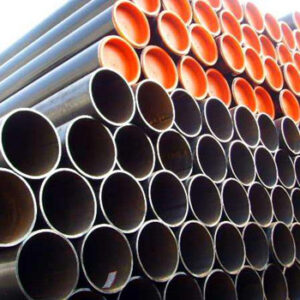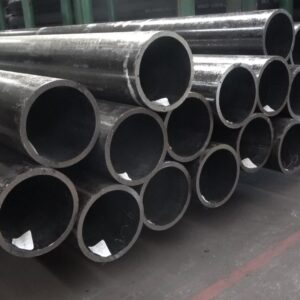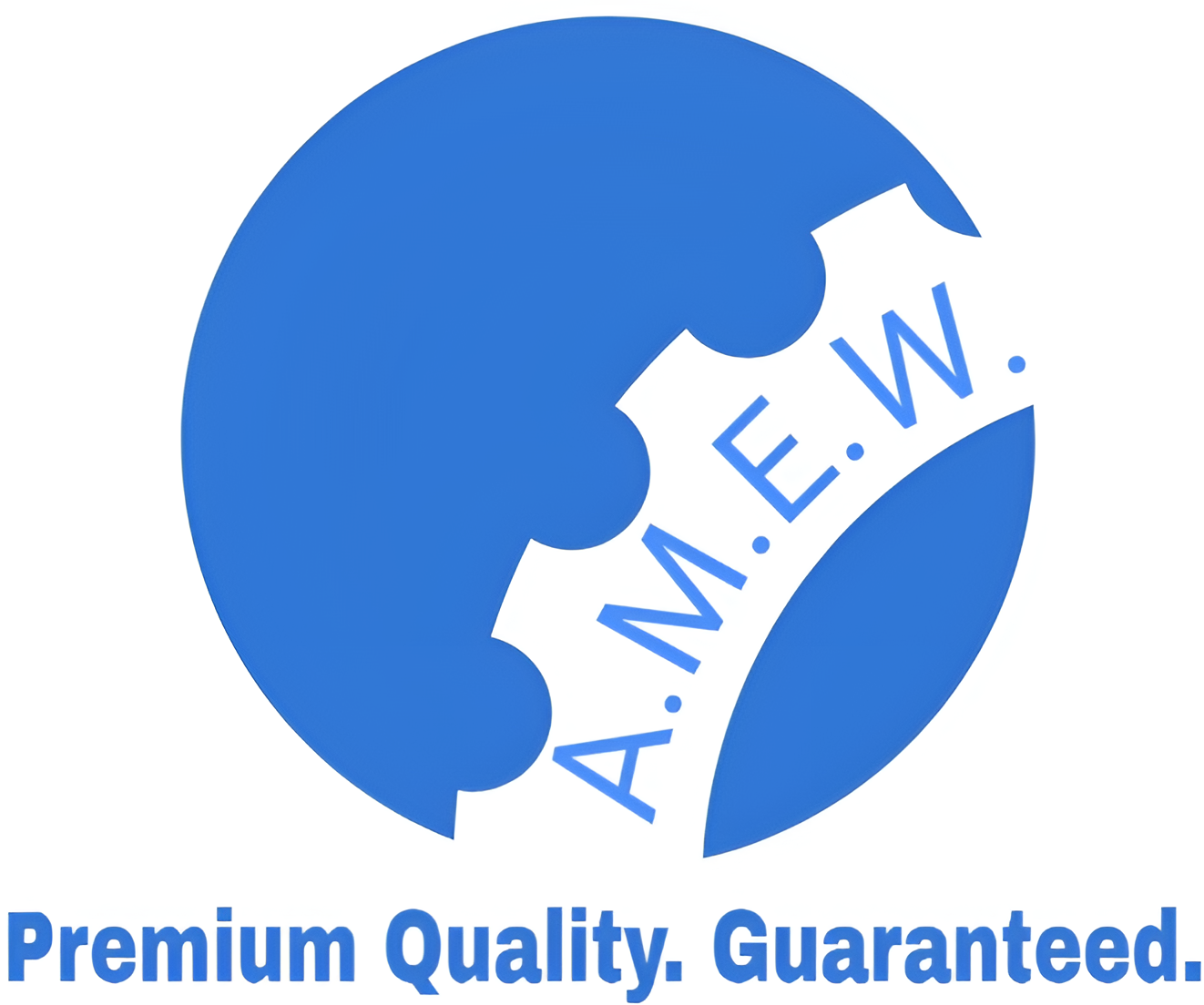Comprehensive Guide to API 5L Pipe: Applications, Grades, and Specifications
Table of Contents
Introduction to API 5L Pipe
Key Features of API 5L Pipe
Applications of API 5L Pipe
API 5L Pipe Grades
Grade A
Grade B
Grade X42
Grade X46
Grade X52
Grade X60
Grade X65
Grade X70
Manufacturing Methods
API 5L Pipe Dimensions and Standards
Chemical and Mechanical Properties
API 5L Pipe Coatings and Finishes
Advantages of API 5L Pipe
Conclusion
1. Introduction to API 5L Pipe
API 5L is a specification developed by the American Petroleum Institute (API) that covers seamless and welded steel line pipes primarily used in the transportation of oil, gas, and water in the petroleum and natural gas industries. This specification defines the manufacturing, chemical composition, mechanical properties, and dimensions of the pipe, ensuring consistent quality and performance.
The API 5L pipe standard ensures the material can withstand the harsh conditions of oil and gas transportation, including high pressure, temperature variations, and corrosive environments. It is used worldwide for onshore and offshore applications, making it one of the most widely adopted pipe specifications in the energy sector.
2. Key Features of API 5L Pipe
Seamless and Welded Pipes: Available in both types for different application needs.
Variety of Grades: Different grades with varying tensile and yield strengths, suitable for specific operational conditions.
High Strength and Durability: Designed to withstand high pressure and temperature conditions.
Resistance to Corrosion: The pipe is resistant to internal and external corrosion, depending on the coating and material used.
Dimension Standardization: The pipes are manufactured with standardized dimensions, ensuring ease of use and interchangeability.
3. Applications of API 5L Pipe
API 5L pipes are integral in numerous applications related to oil and gas, water, and energy transportation. Common uses include:
Oil and Gas Transportation: API 5L pipes are widely used for transporting crude oil, natural gas, and refined products over long distances.
Water Transmission: Used in pipelines for transporting water, especially in desalination plants or large-scale water distribution networks.
Structural Applications: API 5L pipes are used in the construction of offshore platforms, pipe racks, and other structural applications.
Petrochemical Industry: For the transportation of chemicals and other hazardous materials, API 5L pipes ensure safe and efficient movement within and between processing plants.
4. API 5L Pipe Grades
API 5L pipes are available in different grades that vary in terms of mechanical properties, chemical composition, and yield strength. These grades ensure the pipe can meet the demands of various applications, from low-pressure water transmission to high-pressure natural gas transportation.
Grade Yield Strength (MPa) Tensile Strength (MPa) Applications
Grade A 245 415 Low-pressure systems like water transmission
Grade B 290 415 Water, gas, and structural applications
Grade X42 290 415 Oil and gas transmission pipelines
Grade X46 320 435 Medium-pressure gas pipelines
Grade X52 360 460 High-pressure oil and gas pipelines
Grade X60 415 520 Offshore pipelines and high-pressure environments
Grade X65 450 535 Deepwater oil and gas pipelines
Grade X70 485 570 Extreme-pressure pipelines and specialized applications
5. Manufacturing Methods
API 5L pipes are manufactured using different methods depending on the pipe grade, material, and intended application:
Seamless Pipes: Created by extrusion without a welding seam, offering superior strength and uniformity.
Welded Pipes: Manufactured using Electric Resistance Welding (ERW), Longitudinal Submerged Arc Welding (LSAW), and Spiral Submerged Arc Welding (SSAW). Welded pipes are commonly used for larger diameter pipelines.
6. API 5L Pipe Dimensions and Standards
API 5L pipes are produced in various diameters, lengths, and thicknesses to suit different project requirements. Key dimensional factors include:
Outer Diameter: Ranges from small bore pipes (as small as 2 inches) to large bore pipes (up to 48 inches or more).
Wall Thickness: Varies according to grade and application requirements.
Length: Pipes are produced in fixed lengths (e.g., 6m, 12m) or double random lengths for flexibility.
Dimensional standards follow ANSI/ASME B36.10M and API 5L specifications, ensuring global consistency and compatibility.
7. Chemical and Mechanical Properties
API 5L pipes are made from steel alloys that are engineered to meet stringent mechanical and chemical standards. Common chemical properties include a mixture of carbon, manganese, phosphorus, and sulfur, with a focus on limiting impurities to maintain pipe integrity under harsh conditions.
Mechanical properties, such as yield strength, tensile strength, and elongation, are critical to ensuring the pipe can endure internal and external pressures without failure.
8. API 5L Pipe Coatings and Finishes
To extend the service life of API 5L pipes, various coatings and finishes are applied to protect against corrosion, abrasion, and environmental wear. Common coatings include:
Fusion Bonded Epoxy (FBE): Used for corrosion protection in buried or submerged pipelines.
Polyethylene/Polypropylene (3LPE/3LPP): Multi-layer coatings for enhanced corrosion resistance.
Coal Tar Enamel (CTE): A traditional coating for protecting pipelines in corrosive environments.
Galvanization: Adds a layer of zinc to the pipe for protection against oxidation.
9. Advantages of API 5L Pipe
High Pressure Tolerance: API 5L pipes can withstand extreme pressure, making them ideal for high-stress applications.
Versatility: Available in a wide range of grades and sizes, API 5L pipes can be tailored for different industrial needs.
Corrosion Resistance: With various coating options, API 5L pipes offer strong resistance to corrosion, ensuring long-term durability.
Cost-Effective: API 5L pipes offer an economical solution due to their durability and low maintenance needs over time.
Global Standardization: API 5L pipes are produced to international standards, ensuring compatibility and reliability in projects across the world.
Showing all 15 results
-

API 5L Grade B Pipe
Read more -

API 5L LSAW Pipe
Read more -

API 5L Pipe
Read more -

API 5L Welded Pipe
Read more -

API 5L X42 Pipe
Read more -

API 5L X46 Pipe
Read more -

API 5L X52 Pipe
Read more -

API 5L X56 Pipe
Read more -

API 5L X60 Pipe
Read more -

API 5L X65 Pipe
Read more -

API 5L X70 Pipe
Read more -

API 5L X80 Pipe
Read more -

HIC Resistant Pipe
Read more -

NACE MR0175 Carbon Steel Seamless Pipe
Read more -

Sour Service Pipe
Read more

